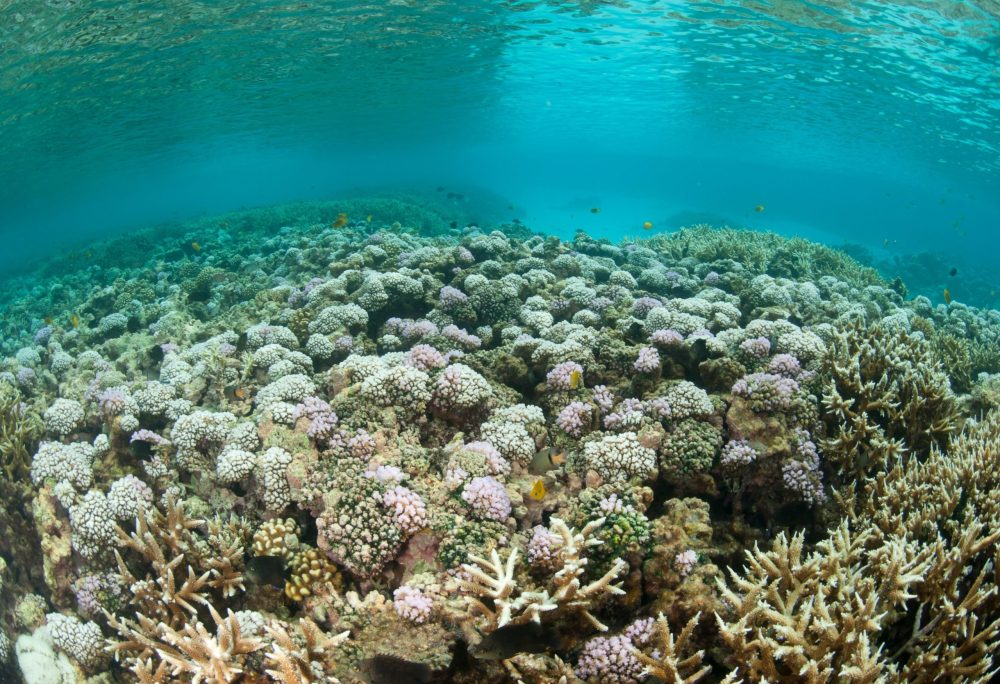Reef Safe Sunscreen in Hawaii


Coral Reefs and Reef Safe Sunscreen
Some varieties of sunscreen can harm the environment, while others are considered reef safe sunscreen. Let’s talk about how skin protection can hurt the coral reefs, and how you can protect Hawaiian coral.
The Hawaiian Islands are a special place, surrounded by more than 400,000 acres of coral reef habitat. At least 7,000 animal and plant species reside in this special biosphere, and many of these creatures don’t live anywhere else in the world.
The presence of these unique and colorful organisms draws visitors from all over the world to snorkel in the shallows and observe these ocean dwellers. However, snorkelers and swimmers can cause unintended damage to coral reef structures by wearing sunscreen that can damage the reef environment. That’s why it’s important to only wear reef safe sunscreen when snorkeling, surfing, or swimming in the ocean.
Certain Sunscreens are Banned in Hawaii
There are two ways that sunscreen protects the skin: the absorption blocking method, or the barrier method. The absorption blocking method stops the absorption of UV rays. This sunscreen soaks into the skin. The barrier method forms a barrier between the sun’s rays and the skin. With the barrier method, the sun’s rays never actually meet the skin. It’s like wearing an mineral shield just above your skin’s surface.
Sunscreen with the chemicals oxybenzone or octinoxate work with the body’s skin cells to block the absorption of UV rays. Alternatively, sunscreen with the minerals zinc oxide or titanium dioxide protect the skin by forming a barrier between the sun’s rays and the skin.
A 2015 study suggests that absorption blocking sunscreens with the chemicals oxybenzone or octinoxate cause damage to coral reefs through bleaching and altering coral DNA. This damage seems to happen most often to juvenile coral specimens.
Because these sunscreens damage the reefs, they are banned for use in Hawaii.
However, barrier method sunscreens containing the minerals zinc oxide or titanium dioxide do not cause the same damage, which makes them reef safe sunscreen options.

Prevent Bleached Reefs with Reef Safe Sunscreen
Visitors to Hawaii may bring unapproved sunscreen to the islands without meaning to break any rules. However, it’s important to purchase and wear only approved sunscreens when swimming in the ocean. Your efforts can help prevent bleached coral reefs, which will keep the biosphere safe for future generations to visit.
While the rules surrounding approved sunscreens can be confusing, it’s important to select a mineral based sunscreen rather than a chemical based sunscreen for your Hawaii vacation. Look for zinc oxide or titanium dioxide on the label, and avoid oxybenzone or octinoxate.
Hawaii visitors and residents who plan to spend any time out in the water should wear reef safe sunscreen. This sunscreen will protect your skin from cancer and the reef from bleaching and damage.
